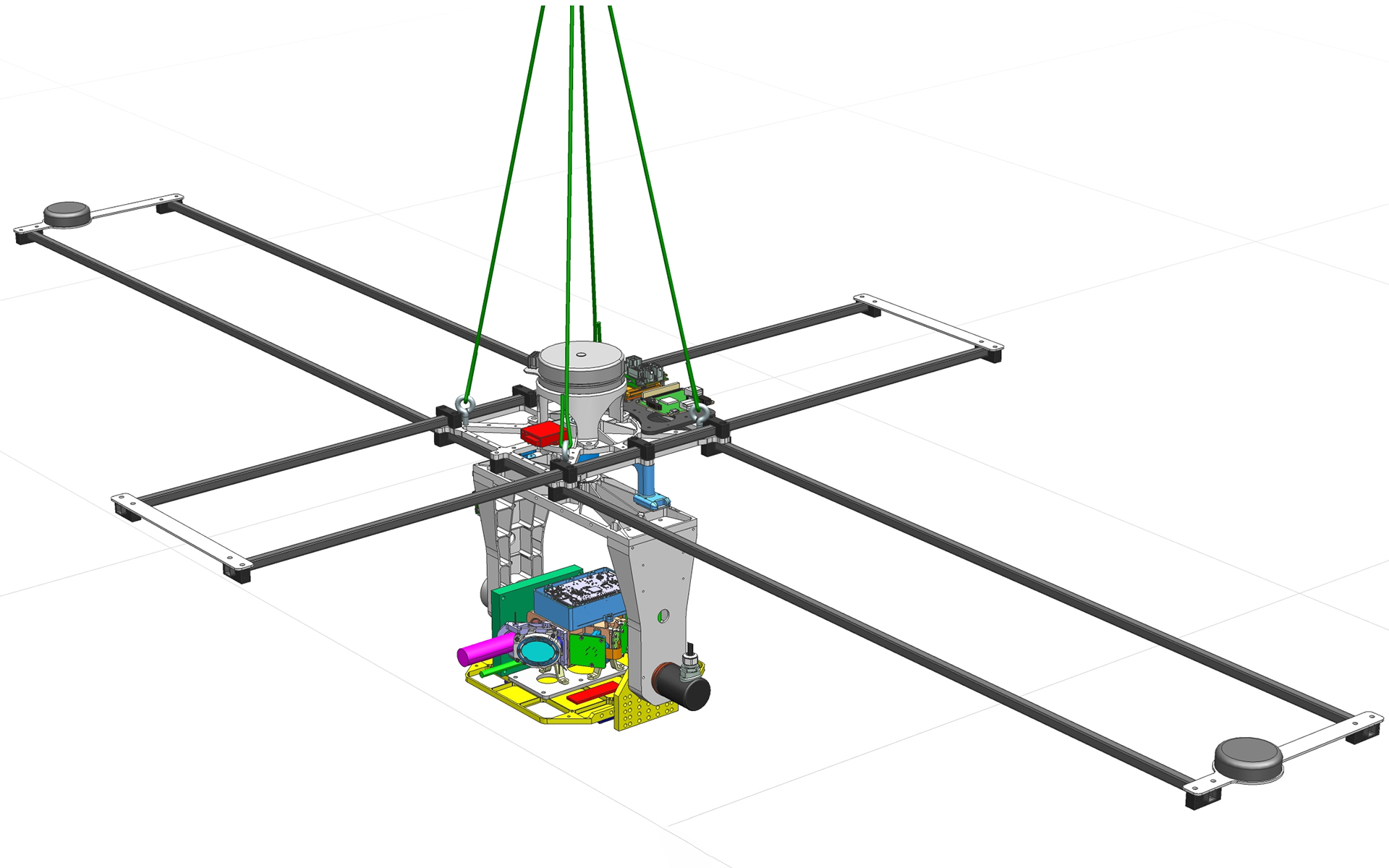Free-space optical communication with a high-altitude balloon
The FHNW Institute for Sensors and Electronics currently develops an optical receiver and a 2-axis gimbal for a high-altitude balloon (HAB) platform to demonstrate free-space optical communication (FSOC).
Technology
Optical sensors and 2-axis gimbal with dc servo-motor control for a high-altitude balloon.
Objectives
Demonstration of free-space optical communication with a HAB platform. We advance on the optical payload and gimbal to also carry out atmospheric scintillation and fading measurements in future experiments.
Starting situation
Free-space optical communication is considered a next-generation technology. Large bandwidth, license-free spectrum, high data rate, less power and low mass requirements make it appealing for high-speed data links. However, atmospheric turbulence is a major challenge that may lead to serious degradation in bit error rate.
In order to measure primary fading causes for FSOC we currently develop a HAB-gimbal system. Other communication schemes, detectors or flight hardware can also be tested under near-space conditions with our system.
Results
A test flight with a HAB to 38.5 km altitude has been carried out. It has been shown that the 2-axis gimbal is capable of stabilizing an optical payload to better than one degree precision.
Projekt-Information
Client | |
Execution | FHNW Institute for Sensors and Electronics, FHNW Institute of Product and Production Engineering |
Duration | 1 Year |
Team | Prof. Dr. Christoph Wildfeuer (Lead), Prof. Dr. Hans-Peter Gröbelbauer, Nico Gradwohl, Simon Gerber |


